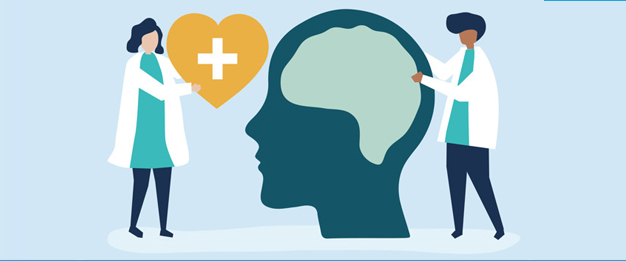
Medical Coding
Medical coders do it by numbers; actually it is the new trending course
Medical coding is the transformation of healthcare diagnosis, procedures, medical services, and equipment into universal medical alphanumeric codes. Medical coding professionals help ensure the codes are applied correctly during the medical billing process. At ATOM, we provide the best facilities to become a medical coder and gives specialized training certification of International Institute of Medical Coding.
Medical coding is the transformation of healthcare diagnosis, procedures, medical services, and equipment into universal medical alphanumeric codes. The diagnoses and procedure codes are taken from medical record documentation, such as transcription of physician`s notes, laboratory and radiologic results, etc. Medical coding professionals help ensure the codes are applied correctly during the medical billing process, which includes abstracting the information from documentation, assigning the appropriate codes, and creating a claim to be paid by insurance carriers.
Is Medical Coding the same as Medical Billing?
The main task of a medical coder is to review clinical statements and assign standard codes using CPT®, ICD-10-CM, and HCPCS Level II classification systems. Medical billers, on the other hand, process and follow up on claims sent to health insurance companies for reimbursement of services rendered by a healthcare provider. The medical coder and medical biller may be the same person or may work with each other to ensure invoices are paid properly. To help promote a smooth coding and billing process, the coder checks the patient`s medical record (i.e., the transcription of the doctor`s notes, ordered laboratory tests, requested imaging studies, and other sources) to verify the work that was done. Both work together to avoid insurance payment denials.
The medical coder and biller process a variety of physician services and claims on a daily basis. Medical codes must tell the whole story of the patient`s encounter with the physician and must be as specific as possible in regards to capturing reimbursement for rendered services. To better understand what a coding transaction looks like, read the article "What Does a Medical Coder Do?"
Education and training is key to becoming a skilled and successful medical coder. The first step coders must take is to have a thorough knowledge of anatomy and medical terminology. It`s also important to become familiar with the codebook resources CPT®, HCPCS Level II, and ICD-10-CM and their coding systems. It`s also vital to know the coding systems` corresponding guidelines and what codes are accepted by which insurance plans, which government and payer regulations to follow, and how to be compliant while coding.
Besides assigning CPT®, ICD-10-CM, and HCPCS Level II codes correctly to claims, coders may also audit and re-file appeals of denied claims. They may step into the role of educator to providers and recommend the appropriate codes that follow federal mandates and compliance. When coders are auditors as well, they will require providers to use specific coding and billing standards through chart audits. They may also speak on behalf of the provider and patient on coverage and medical necessity issues. The standard medical coding professional obtains the Certified Professional Coder (CPC®) credential. The good news is coding-related jobs are expanding due to the growing landscape of the business side of healthcare. For example, Certified Professional Medical Auditor (CPMA®), Certified Professional Compliance Officer (CPCO™), and Certified Physician Practice Manager (CPPM®), etc., are areas that coders can branch into.
